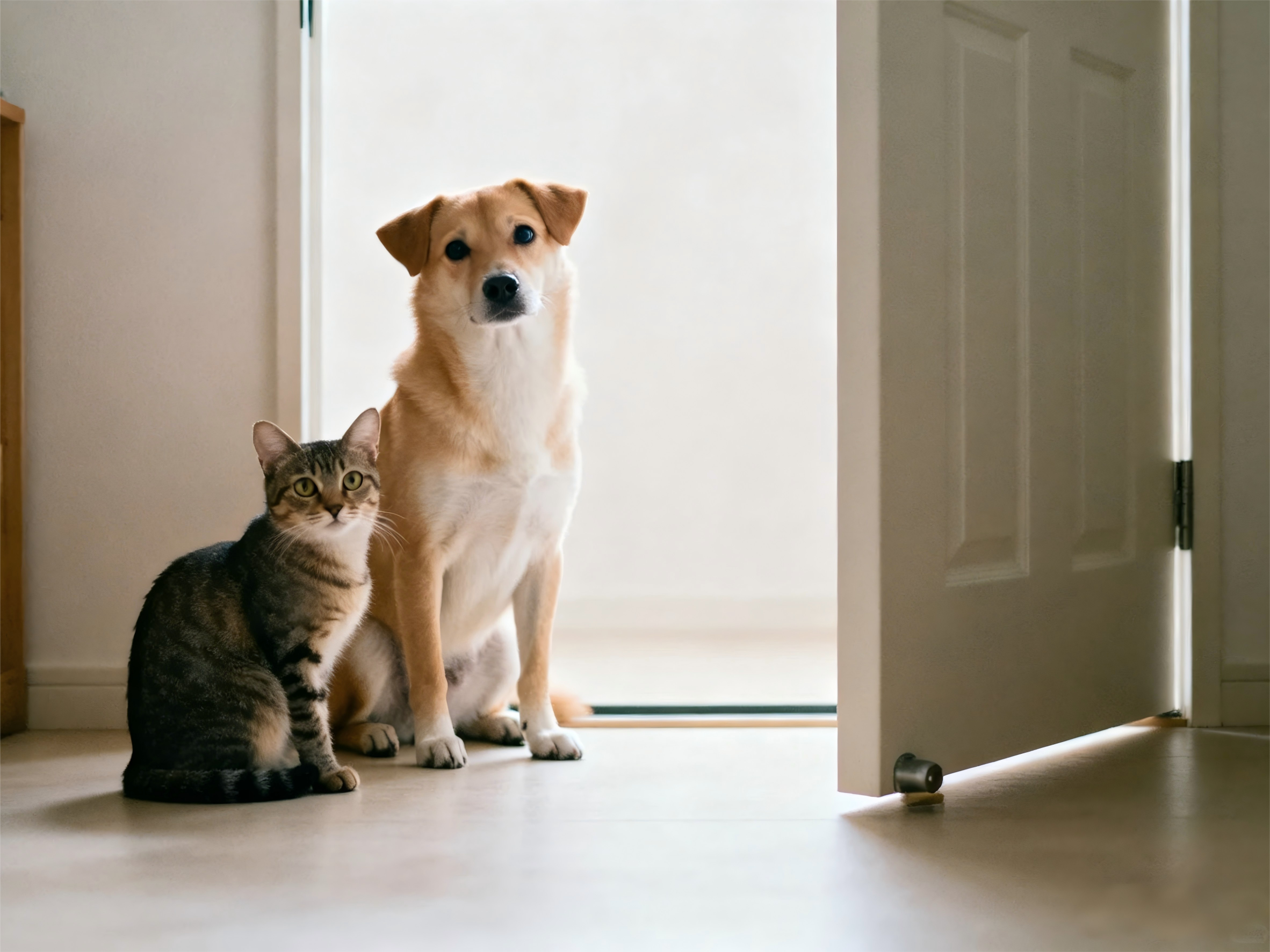Bath time can be stressful for both dogs and their owners. If your dog is afraid of bath time, you’re not alone. Many dogs experience pet bath anxiety, which can make washing a messy and stressful experience. From trembling and barking to trying to escape, anxious dogs can turn a simple hygiene routine into a challenge. Fortunately, with the right approach, you can make bath time calm, safe, and even enjoyable for your furry friend. In this guide, we’ll share practical tips, expert advice, and step-by-step techniques to help dogs overcome their fear of baths.
Understanding Bath Time Fear in Dogs
Why Dogs Are Afraid of Baths
Dogs may develop a fear of baths for several reasons. Some common triggers include:
-
Sensory overload: The sound of running water, slippery surfaces, and unfamiliar smells can overwhelm your dog.
-
Negative past experiences: A previous bad bath, being forced into water, or exposure to harsh products can lead to long-term anxiety.
-
Fear of confinement: Some dogs feel trapped in bathtubs or sinks, which amplifies their stress.
When your dog exhibits pet bath anxiety, it’s important to recognize the root cause to address it effectively.
Signs Your Dog Is Anxious During Bath
-
Trembling, whining, or barking
-
Trying to escape the tub or hide
-
Excessive licking or nervous pacing before and after bath
-
Aggressive behaviors triggered by fear
Understanding these signs can help you respond calmly and avoid escalating your dog’s anxiety.
Preparing for a Stress-Free Bath
Choose the Right Location
Selecting a safe, comfortable spot for bath time is crucial. Options include:
-
Bathtub with non-slip mats
-
Kitchen sink for small dogs
-
Specialized dog showers or portable tubs
Adding a non-slip mat helps your dog feel secure and reduces the risk of injury.
Pick Dog-Friendly Products
Always use mild, dog-safe shampoos. Human shampoos can irritate their skin. For dogs with sensitive skin or anxiety, consider vet-approved calming shampoos or aromatherapy sprays.
Prepare Your Dog
-
Exercise before bath: A tired dog is calmer and easier to handle.
-
Positive reinforcement: Treats, toys, and praise can create a positive association with bath time.
Prepping your dog helps reduce stress and makes the process smoother.
Step-by-Step Guide to Calm a Dog During Bath
Step 1: Introduce Water Gradually
Start slowly. Use a damp cloth or a small amount of water on paws to help your dog acclimate. Gradual exposure reduces fear and builds confidence.
Step 2: Use a Calm and Reassuring Voice
Speak softly and avoid sudden movements. Your tone can reassure your dog that they are safe.
Step 3: Gentle Handling Techniques
-
Support your dog’s paws and body.
-
Avoid forcing your dog into the water.
-
Use a cup or low-pressure shower head for controlled rinsing.
Proper handling minimizes stress and prevents accidents.
Step 4: Positive Reinforcement
Reward your dog for calm behavior with treats and praise throughout the bath. Positive reinforcement helps create a strong, happy association with bath time.
Step 5: Keep Bath Time Short
Long baths can increase anxiety. Keep sessions brief and focused, gradually extending as your dog becomes more comfortable.
Additional Tips for Anxious Dogs
Desensitization Training
Practice touching paws, ears, and tail regularly outside bath time. Gradually introduce water-related cues while rewarding calm behavior. This reduces pet bath anxiety over time.
Use Toys and Distractions
Place favorite toys in the bath or use a lick mat to redirect focus. Distractions can make bath time more enjoyable.
Timing Matters
Bath when your dog is calm or slightly tired. Avoid bathing after stressful events, like a visit to the vet or an exciting play session.
Seek Professional Help if Needed
If your dog shows severe anxiety or aggression, a pet behaviorist or trainer can provide expert guidance. Vet-approved calming products or medications may also help.
Common Mistakes to Avoid
-
Forcing the dog into water: This increases fear and can lead to long-term anxiety.
-
Yelling or punishing: Negative reactions worsen the stress.
-
Skipping preparation: Never use harsh shampoos or ignore safety precautions.
-
Bathing at the wrong time: Avoid when the dog is hyperactive or already stressed.
Avoiding these mistakes ensures bath time is safe and positive.
Post-Bath Care
-
Dry gently: Use a towel or a low-heat dryer. Avoid loud blowers if your dog is sensitive.
-
Reward immediately: Give treats, praise, or playtime after bath.
-
Observe stress signs: Watch for excessive shaking, hiding, or licking.
-
Optional massage: A gentle massage can help your dog relax post-bath.
Proper post-bath care reinforces positive experiences and reduces lingering anxiety.
FAQs
1. How often should I bathe my dog?
Most dogs only need a bath every 4–6 weeks. Overbathing can dry out their skin.
2. What if my dog bites during bath?
Stop immediately and give your dog space. Gradual desensitization and professional guidance may be needed.
3. Can calming treats help?
Yes, vet-approved calming treats can reduce anxiety for some dogs, especially during stressful situations.
4. Is it normal for dogs to fear baths?
Absolutely. Bath fear is common, especially in dogs with past negative experiences or high sensitivity.
Conclusion
Bathing a dog doesn’t have to be stressful. With patience, positive reinforcement, and proper techniques, you can help your dog overcome fear and reduce pet bath anxiety. Start with short, calm sessions, reward every success, and gradually increase exposure. Consistency is key. Remember, a relaxed dog makes bath time safer and more enjoyable for both of you. Share your experiences, tips, or favorite calming tricks in the comments—we’d love to hear how you make bath time stress-free for your furry friend!


Share:
Smart Bathing for Sensitive-Skin Pets: The Complete Guide to Itch-Free, Healthy Skin
Does Pet Insurance & Renters Insurance Help With Pet Health? Preventive Care Insights